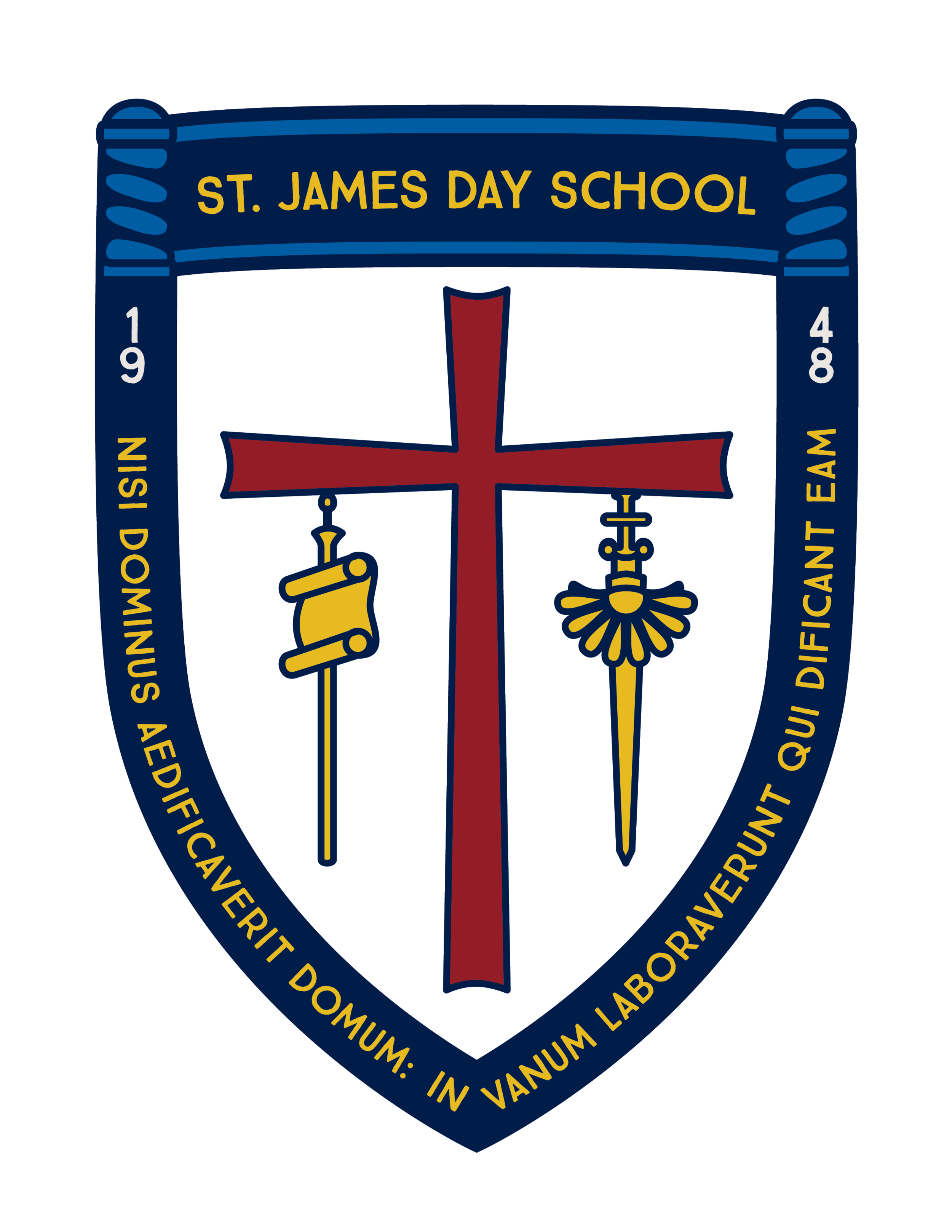Feely Box
After discussing the five senses, we played a game called the Feely Box. I placed different parts of trees inside a box. Without looking, each student had to reach inside the box, feel the item, and describe it. We tried describing the item by the way it smelt, sounded, and felt. Everyone would try and guess what was inside. As they use their senses to explore things, they learn about shapes, colors, textures, weight, temperature, and how things move and change. As teachers talk with children about the properties of objects and materials, children develop vocabulary and important background knowledge.
Painting With A Twist
Instead of using paintbrushes, we created our own with parts of trees. Children benefit from working with many different kinds of materials and having conversations about their artwork and the work of others.
The Very Hungry Squirrel
The boys and girls were full of excitement as they rolled the dice to see how many acorns they could feed the Squirrel. When we play games as a group, they are learning to cooperate and share with others. The foundation skills for being a productive member of a social and learning group are established during the early childhood years, and they are important for early school success.
Same Sound Sort
Each child picked an item from our box to play a game. We grouped these items by the beginning sound. When kids have a strong foundation in phonemic awareness, it’s easier for them to understand that certain letters stand for specific sounds.
We started our trees study and the boys and girls are excited. We’ll be observing and comparing trees to learn about what lives in them, what they’re made from, and who cares for them. This study will help children explore and appreciate nature. As we study trees, we will study literacy, math, the arts, and technology to explore the topic in depth. We will learn important social studies and scientific concepts through first hand investigations.
Which Has More?
I had three bags, one filled with acorns, one with sticks, and one with leaves. I asked the boys and girls “Which has more?” We made a chart with the three items and each child recorded their prediction. Afterward, we counted the items in each bag. The bag of acorns had the most. We discussed how the bag didn’t look very full but it had the most in it. At home fill 2 bags with items from trees and play our game “Which has more?” Adults play a significant role in helping children to learn mathematical vocabulary, concepts, and process skills. If children are to develop the knowledge needed for later formal learning, they need frequent practice with materials in play settings and adult-guided activities that include meaningful discussions and applications.
Primaries Community Service Project
September 28th was the last day for the Primary and Second Grades Annual Food Drive. This was our third year to help Harvest Regional Food Bank and it was a great success. We were able to donate a little over forty boxes of food with a forty dollar donation. Thank you for making this Food Drive a success.
You’ve got mail
We are learning how to make friends and keep them. We discussed ways to let others know we care. One of our ideas was to draw pictures for our friends. I introduced postcards and how we use them. We discussed why we give cards to others and how it feels to receive a card. Using markers, colors, and scissors the boys and girls decorated their postcards. When they were done we discussed how the postal system works, from the mailbox to the sorting office to the letter which arrives at their mailbox. Having a post office dramatic play area in our classroom offers a variety of opportunities for working together, writing and sending notes and learning how mail is delivered. While our students are sorting, transporting, and sending packages, they are building language skills while working and playing together.
Learning to love letters and numbers
Handwriting Without Tears is a program that was designed by an occupational therapist to teach children how to write without frustrating them to tears. It uses hands-on, multisensory materials and was designed in such a way that it introduces shapes, numbers, and letters in an order that matches the progression of children’s developmental abilities so that it is easier for them to practice, learn, and remember.
We start by using the wood pieces to teach children what a big line, little line, big curve, and little curve are called. This is SUPER important because we use these very same terms when teaching them to build or write letters. Consistency is key!
Geoboards
Using rubber bands we made several different shapes and letters. The geoboards are used to help fine motor skills, understand spatial relationships and shapes. This helps build the foundation for geometry.






















































